The stabilizer bar link plays a crucial role in your vehicle’s suspension system. It connects the stabilizer bar to the suspension components, helping maintain stability when driving. Over time, these links may wear out or become damaged, leading to various handling issues. Recognizing the warning signs of a failing stabilizer bar link is essential for maintaining safe driving conditions. This article explores five common warning signs that indicate your stabilizer bar link may need attention.
Understanding the Stabilizer Bar Link
What is a Stabilizer Bar Link?
The stabilizer bar, also known as an anti-roll bar, helps reduce body roll during cornering. It connects the left and right suspension components, distributing weight evenly across all wheels. The stabilizer bar link is crucial for connecting the bar to other parts of the suspension system, ensuring its effectiveness.
Stabilizer bar links generally come in two types: rigid and flexible. Rigid links typically use a solid structure, while flexible links often incorporate rubber bushings to absorb shocks. Regardless of the type, these links must remain in good condition for optimal vehicle handling.
Importance in Vehicle Performance
Keeping the stabilizer bar links in good working condition is essential for several reasons. A properly functioning stabilizer system helps maintain vehicle stability during turns, reducing the risk of losing control. Furthermore, it allows for a smoother ride, improving overall driver comfort.
If the stabilizer bar links fails, the integrity of the entire suspension system can be compromised. This may lead to poor handling, increased body roll, and uneven tire wear. Recognizing the warning signs of a deteriorating stabilizer bar links can help you avoid these issues and keep your vehicle safe.
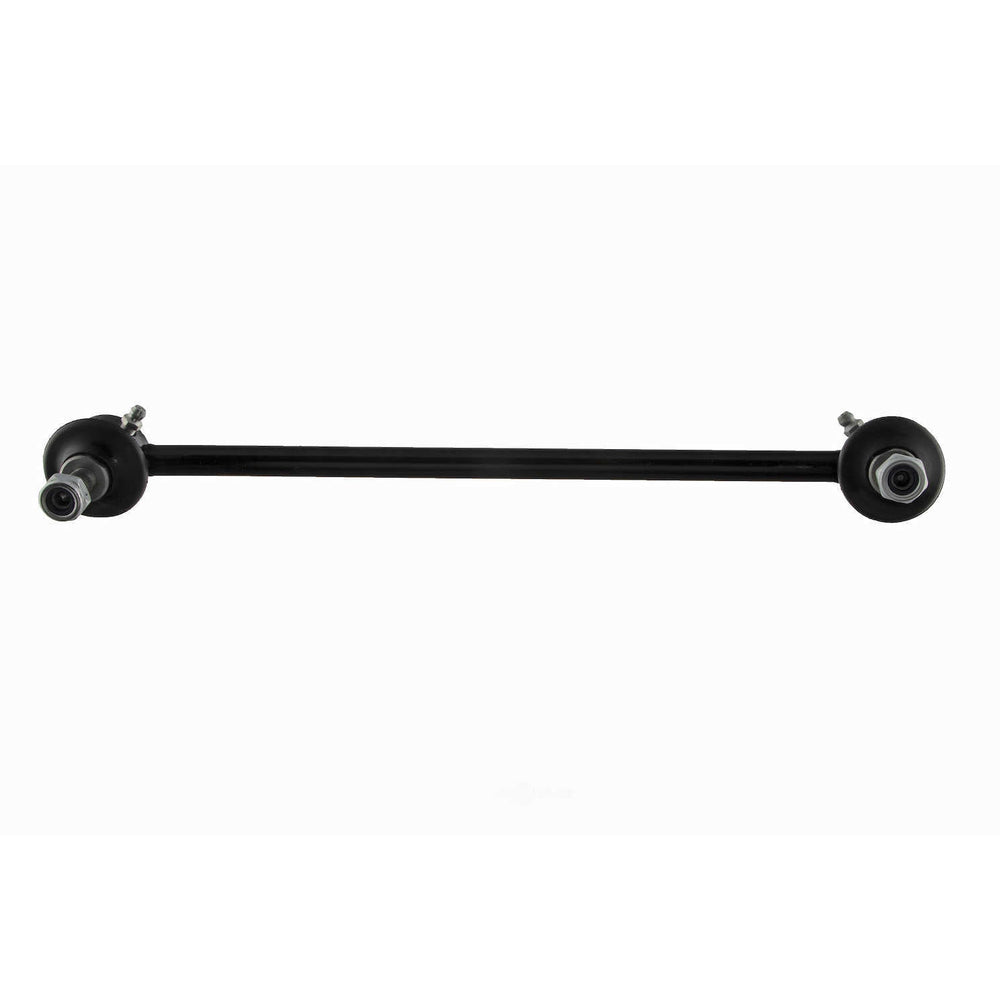
Common Warning Signs of a Failing Bar Link
1. Unusual Noises While Driving
One of the earliest signs of a failing stabilizer bar link is the presence of unusual noises while driving. You may hear clunking, rattling, or popping sounds, especially when going over bumps or turning corners. These noises often indicate that the stabilizer bar link is loose or worn out.
The sounds may become more pronounced when navigating rough roads or making sharp turns. If left unaddressed, this issue can escalate, leading to further damage to the suspension system. It is essential to listen for these noises, as they can provide valuable insight into the condition of your stabilizer bar links.
2. Poor Handling and Stability
A deteriorating stabilizer bar link can significantly affect your vehicle’s handling and stability. If you notice your car swaying or leaning more than usual during turns, it may indicate an issue with the stabilizer system. Excessive body roll can lead to a decreased ability to control the vehicle, making driving more challenging.
You may also feel a lack of responsiveness when steering, especially during quick maneuvers. A vehicle that feels unstable while cornering can put you at risk of losing control. Recognizing this warning sign early can help you address the issue before it gets worse.
3. Uneven Tire Wear
Another common indicator of a failing stabilizer bar link is uneven tire wear. If the stabilizer bar link is not functioning correctly, it can lead to misalignment in the vehicle’s suspension system. This misalignment can cause tires to wear unevenly, with one side showing more wear than the other.
Monitoring your tire tread is essential. If you notice any irregularities, such as bald spots or uneven patterns, it may be time to inspect the stabilizer bar link. Replacing worn or damaged links can help prevent further tire wear and ensure even performance across all four tires.
4. Visible Damage or Corrosion
Sometimes, the warning signs of a failing stabilizer bar link can be seen instead of felt. Inspecting your vehicle’s undercarriage may reveal visible damage, such as rust, corrosion, or physical wear on the stabilizer bar link itself. Over time, exposure to moisture and road debris can cause the metal components to corrode and weaken.
If you notice any significant cracks or breaks in the links or bushings, do not ignore them. These visible signs indicate that the stabilizer bar link is no longer functioning effectively. Regular visual inspections can help catch these issues before they become more serious.
5. Increased Vibration and Road Noise
In addition to unusual sounds, a failing stabilizer bar link can lead to increased vibration and road noise inside the vehicle. When the link is worn out, it may not provide adequate support to the stabilizer bar, leading to excessive movement. This movement can translate into vibrations felt in the steering wheel and throughout the cabin.
You may also notice increased road noise while driving, especially over bumps or uneven surfaces. These vibrations and noise are typically more noticeable at higher speeds. If the vibrations and noise persist despite smooth driving conditions, it may be time to have your stabilizer bar link checked.
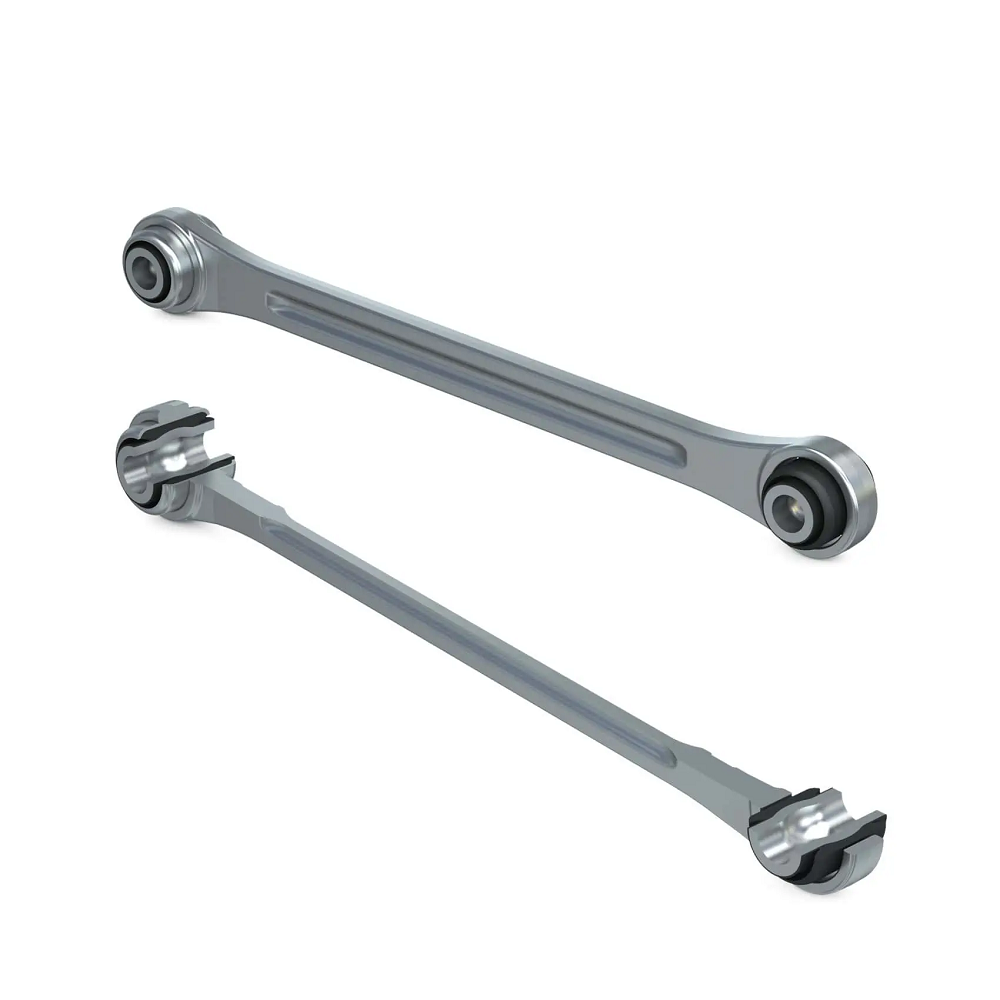
How to Inspect Your Bar Link
1. Visual Inspection
Conducting a visual inspection of your vehicle’s undercarriage is one of the best ways to identify issues with the stabilizer bar link. Start by safely lifting your vehicle using a jack and supporting it with jack stands. Once elevated, examine the stabilizer bar and its links for signs of damage, such as rust, corrosion, or cracks.
Check the rubber bushings attached to the links for any signs of wear or deterioration. If you see any visible damage, it’s crucial to address these concerns immediately. A professional mechanic can help evaluate the situation and determine whether repairs or replacements are needed.
2. Listening for Noises
While driving, pay close attention to any unusual sounds that may arise. If you notice clunking or rattling noises when driving over bumps or during turns, it could indicate a problem with the stabilizer bar links. These sounds may also change in intensity depending on your speed and the road surface.
If you hear any concerning noises, it is wise to have a professional mechanic assess your vehicle. They can identify the root cause of the sounds and recommend appropriate solutions to restore proper function to the stabilizer system.
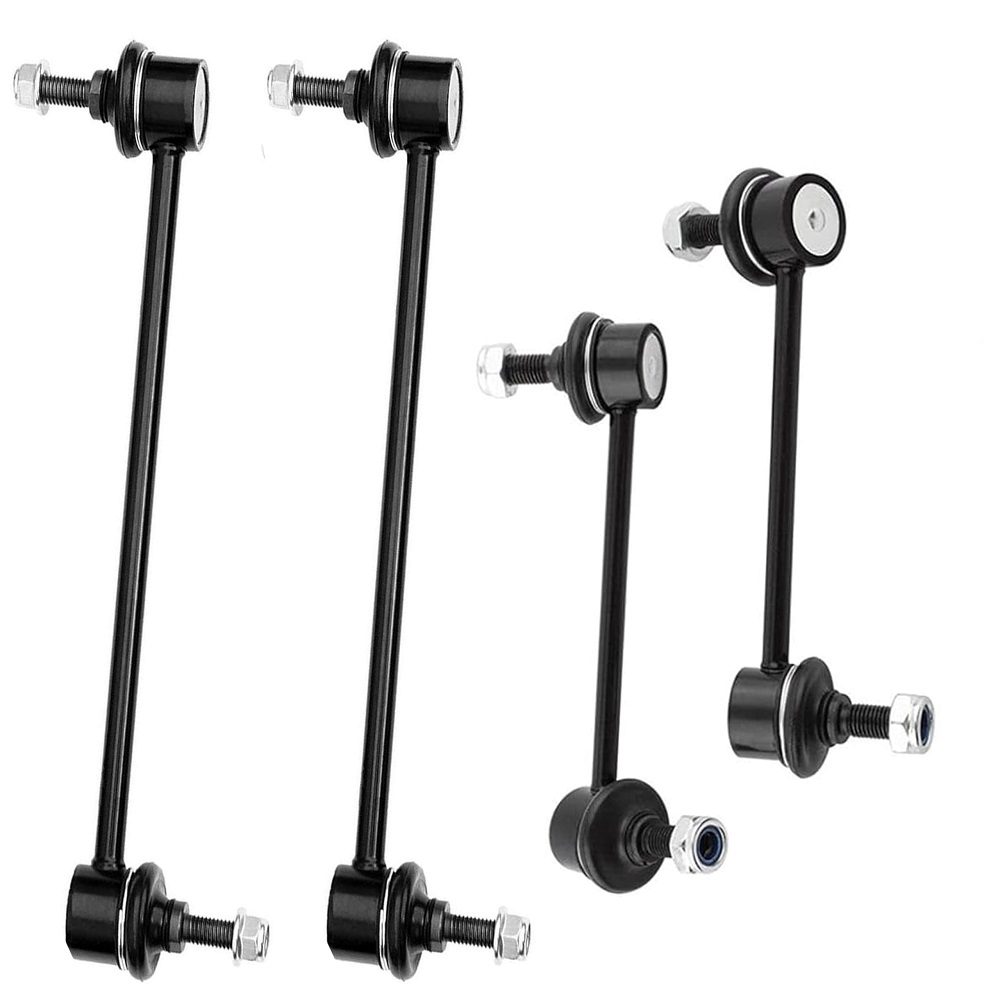
The Impact of Ignoring Warning Signs
1. Safety Risks
Ignoring the warning signs of a failing stabilizer bar link can pose significant safety risks. Poor handling and stability can make it difficult to control your vehicle, especially in challenging driving conditions. If the stabilizer bar links fully fails while driving, it may lead to loss of control, increasing the risk of accidents.
Additionally, a malfunctioning suspension system can lead to reduced tire traction. This loss of traction can prove dangerous in slippery conditions, making it crucial to address any concerns with your stabilizer bar link promptly.
2. Increased Repair Costs
Neglecting the warning signs associated with a failing stabilizer bar link can result in increased repair costs down the line. A compromised stabilizer bar link can place extra strain on other suspension components, potentially causing further damage. If left unchecked, this can lead to the need for more extensive repairs, including replacing or realigning parts of the suspension system.
Timely maintenance and early intervention are essential in avoiding these escalating costs. Regular inspections and addressing concerns as they arise will help maintain your vehicle’s overall health.
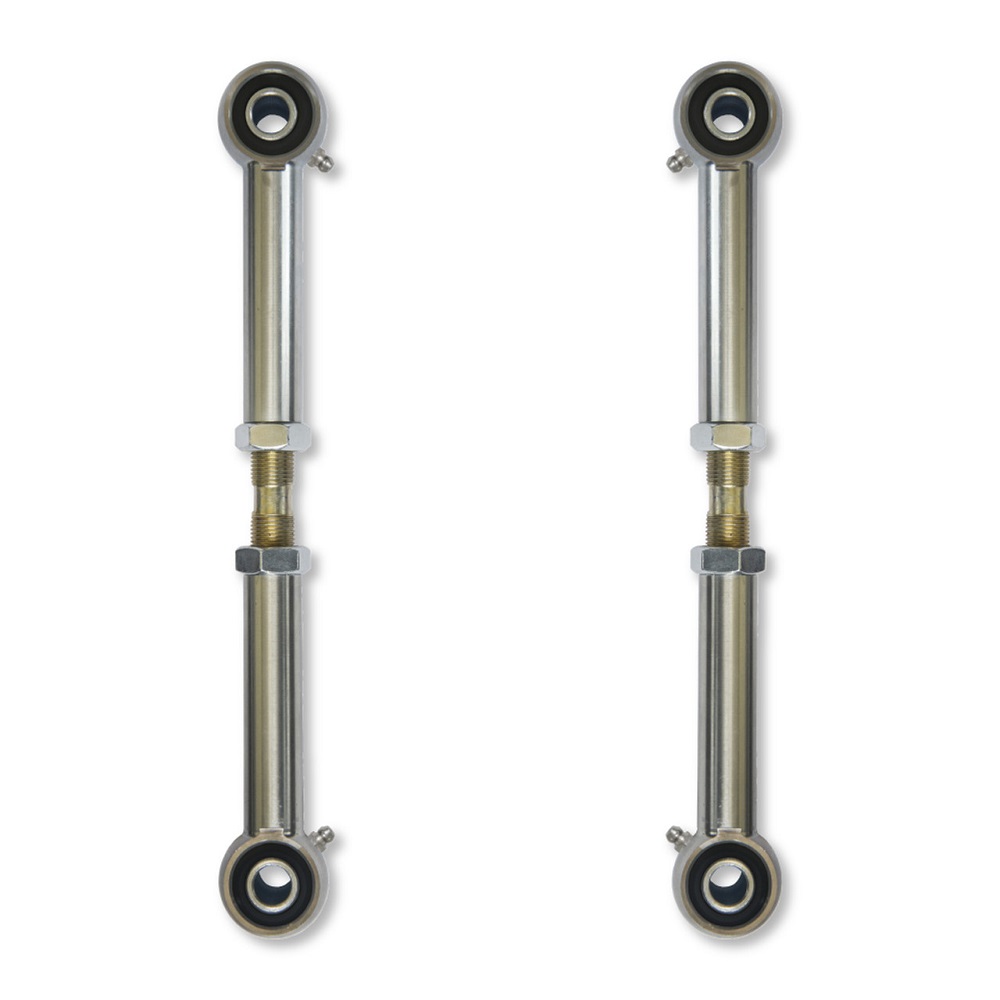
Professional Help and Maintenance
1. Seeking Professional Assistance
If you notice any of the warning signs associated with a failing stabilizer bar link, seeking professional assistance is crucial. A qualified mechanic can perform a thorough inspection of your vehicle’s suspension system and diagnose any issues. They have the expertise and tools necessary to determine if the stabilizer bar links needs repair or replacement.
When choosing a mechanic, look for a reputable shop with experience working on suspension systems. Ensure that they use high-quality replacement parts to maintain the integrity of your vehicle. Professional help will guarantee that the issue is resolved, keeping you safe on the road.
2. Regular Maintenance Practices
To prolong the life of your stabilizer bar links and suspension system, regular maintenance is essential. Schedule routine inspections of your vehicle, particularly if you frequently drive in rough conditions or on unpaved roads. This proactive approach can help identify potential problems early, making repairs more manageable and less costly.
Additionally, be mindful of your driving habits. Avoid aggressive turns and sudden stops, as these actions can put excess strain on suspension components. Practicing safe driving will help reduce wear and tear, ensuring that your stabilizer bar links remains in good condition for longer.
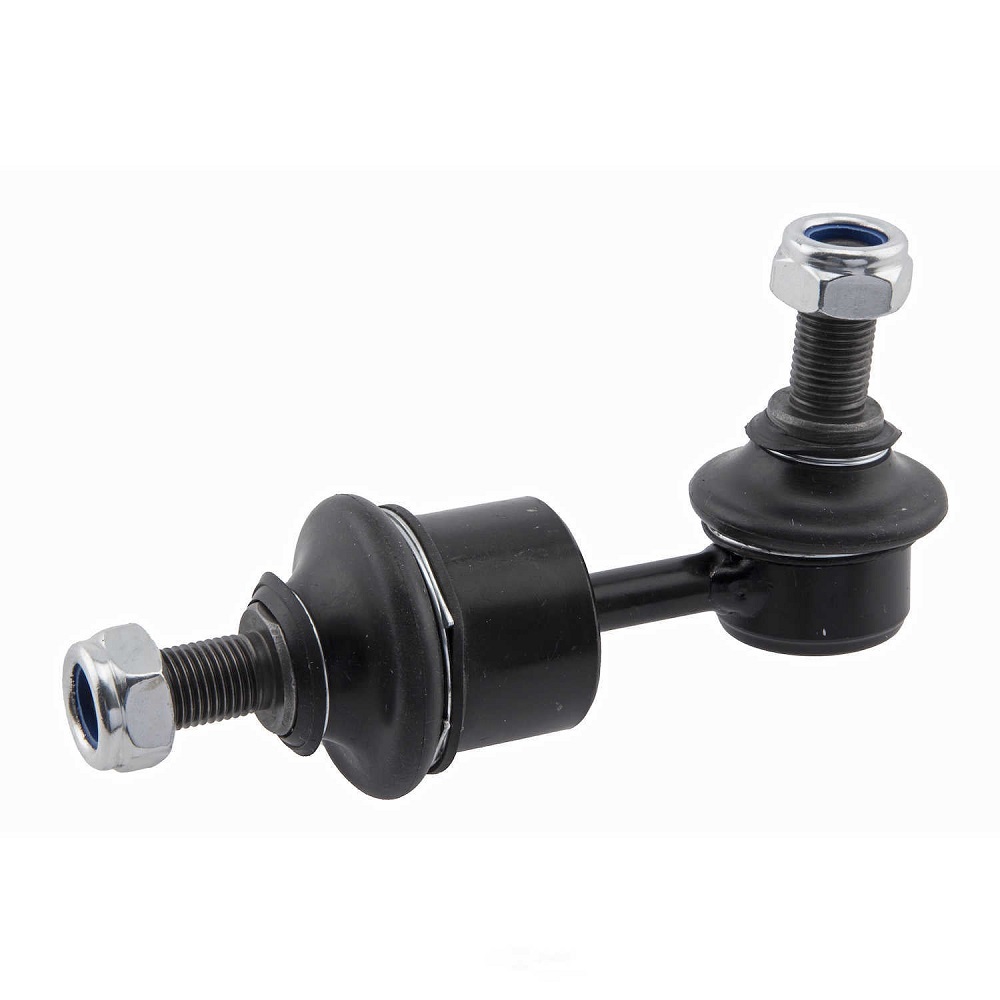
Conclusion
Key Takeaways
Recognizing the warning signs of a failing stabilizer bar link is vital for maintaining vehicle performance and safety. Listening for unusual noises, feeling poor handling, observing uneven tire wear, and being attentive to visible damage are all key indicators. Addressing these warnings early can prevent more severe issues from developing.
Keeping a close eye on your vehicle’s suspension system, performing regular maintenance, and seeking professional assistance when necessary are effective strategies to prolong the life of your stabilizer bar link. By prioritizing vehicle care, you can ensure a safer and more enjoyable driving experience.
Stay Safe on the Road
In conclusion, your stabilizer bar link is crucial to your vehicle’s handling and stability. By understanding its role and recognizing the common warning signs of failure, you can take proactive measures to ensure its proper function. Regular inspections, maintenance, and prompt repairs will help keep you safe on the road, allowing you to enjoy your driving experience without the worry of suspension issues. Remember, a well-maintained vehicle not only ensures performance but also enhances safety for you and your passengers.
Leave a Reply